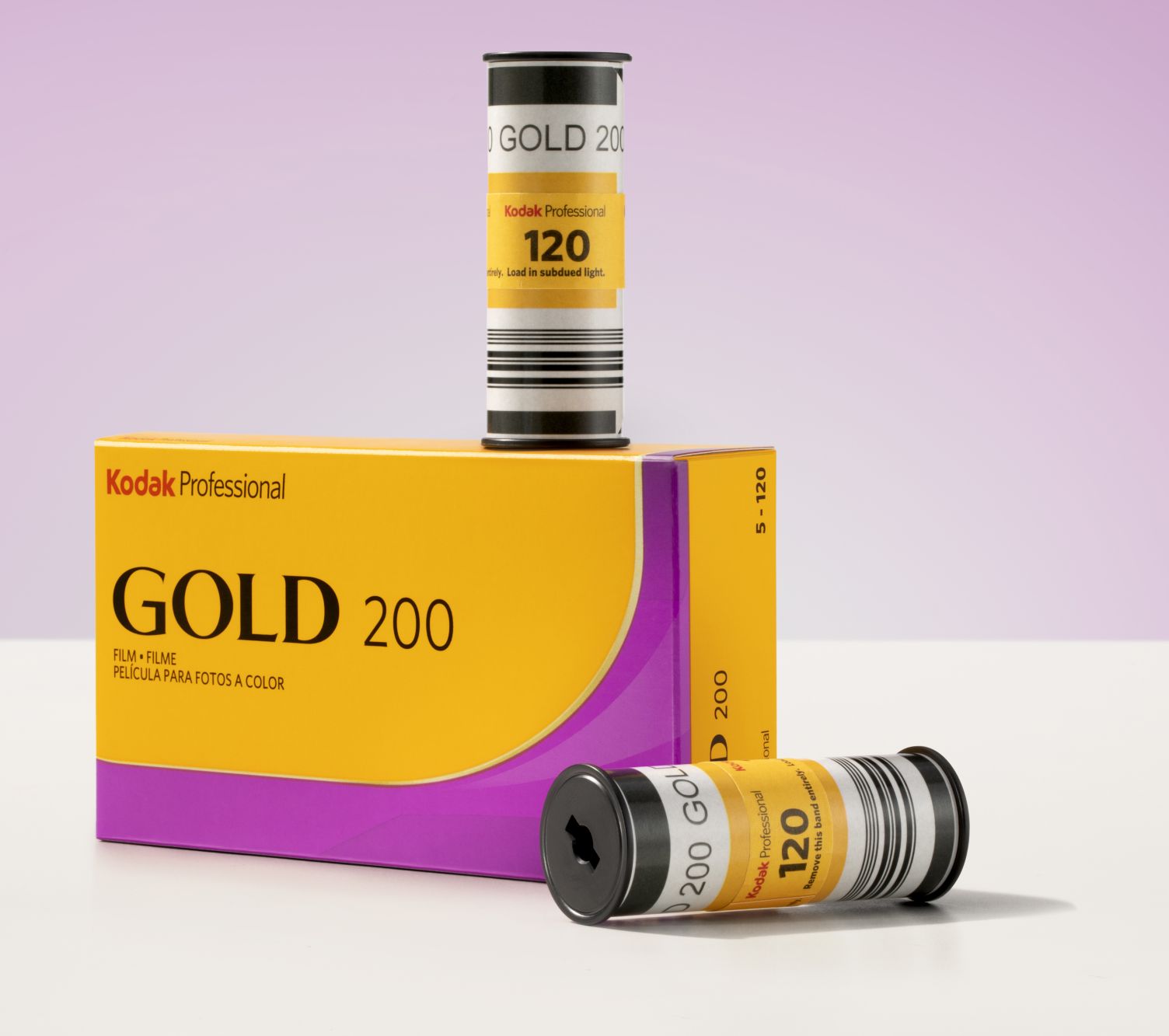TOC
News of a new film should be good news in itself. I use the conditional as today’s announcement by <a href=“https://emulsive.org/articles/news/25-cheaper-than-both-portra-and-ektar-the-return-of-kodak-gold-200-film-in-120-format?fbclid=IwAR2AtyNGOhTvejmL0DvaPYHy_QzKsEYqcYQ7CK36_YDGY6VvsSnCofyssN4"http://google.com")" target="_blank” rel=“noopener noreferrer”>Kodak to market the Gold 200 in 120 format leaves me at most tepid. We have come from difficult years for analog photography, with many beloved films being discontinued. Let’s think, for example, of the Fuji 400H which, with its disappearance, has thrown into a panic wedding practitioners all over the world. Even Kodak hadn’t offered any new emulsions in years, and ideally, a medium format film at 200 ISO should be welcomed as something good. However, a little bitterness remains, which I will try to explain.
I am not a great connoisseur of the Kodak Gold, I just own a few rolls of it, and I have never shot it consistently. My family used it as a cheap summer film when I was little, for anything other than actual travel. In important situations, color slides were used, while Gold was relegated to informal moments. It may not be an exciting film, but a good consumer film, mature and capable of returning good shots with the necessary lighting. The main reason why it has never found a place, not even in my point & shoot cameras is the price. Let me explain: a consumer film makes sense at a competitive price. But at current prices and with a “discount” of only 25% compared to a Portra, I have never understood the meaning.
Just from this reasoning, you can understand my surprise when I read that it was also going to be marketed in 120 format. The medium format was once the prerogative of professionals, or at least rather advanced amateurs. Why would you ever want to sell them a consumer film? Especially with all the alternatives you can find today: the Portra is a certainty in all its formats, and about low ISOs, the Ektar is difficult to beat. So why choose the Gold 200 instead?
The disheartening answer I gave myself is “for the vibe”. I know it’s a trivial answer, but I can’t find another. I can’t understand who is willing to sacrifice the quality of the Portra to spend (maybe) 20% less. At that point, analog photography isn’t worth it for me. I would understand infinitely more a cheap film, and also with rather poor quality, but dedicated to all those experimenters who are not looking for technical quality. Maybe 10/15 years ago with the explosion of Lomography, it would have even been a great sales success!
At the same time, I can’t understand the indication as “professional”. For Kodak “professional” should mean the highest quality at that sensitivity. I understand that Portra, Ektar, and Ektakrome are “professional” but then why don’t we also write it on the disposable Ultramax 800. I have nothing against marketing, but here you run the risk of watering down a respectable and respected brand.

Official picture by Kodak with the “Professional” branding
The Gold in 120 format will probably also be successful: the world is so hungry for the color film that I would be surprised otherwise. The last two / three years have been from an analogical point of view even more complicated with skyrocketing prices and slow supplies. However, what I would have expected as a photographer are generally lower prices and more regular production. I fear that even the 120 is no longer perceived by Kodak as a market to be truly dedicated to professionals. It’s not that this is necessarily negative, but we have already seen this flattening down of the emulsions with instant films. However, even then the prices did not drop.
If there is a real risk of analog photography turning into a “vibe only matter”, it is not necessarily a bad thing. While this would require more in-depth discussion, it is often an epidermal vibe that guides us in shopping. Fashion is not driven by transcendental forces and the design itself often has its content in its form, without further pretensions. However, if this were the direction, it would have to be rethought for many of us because we are still shooting on film and this is a more complex matter, which we keep for another time.